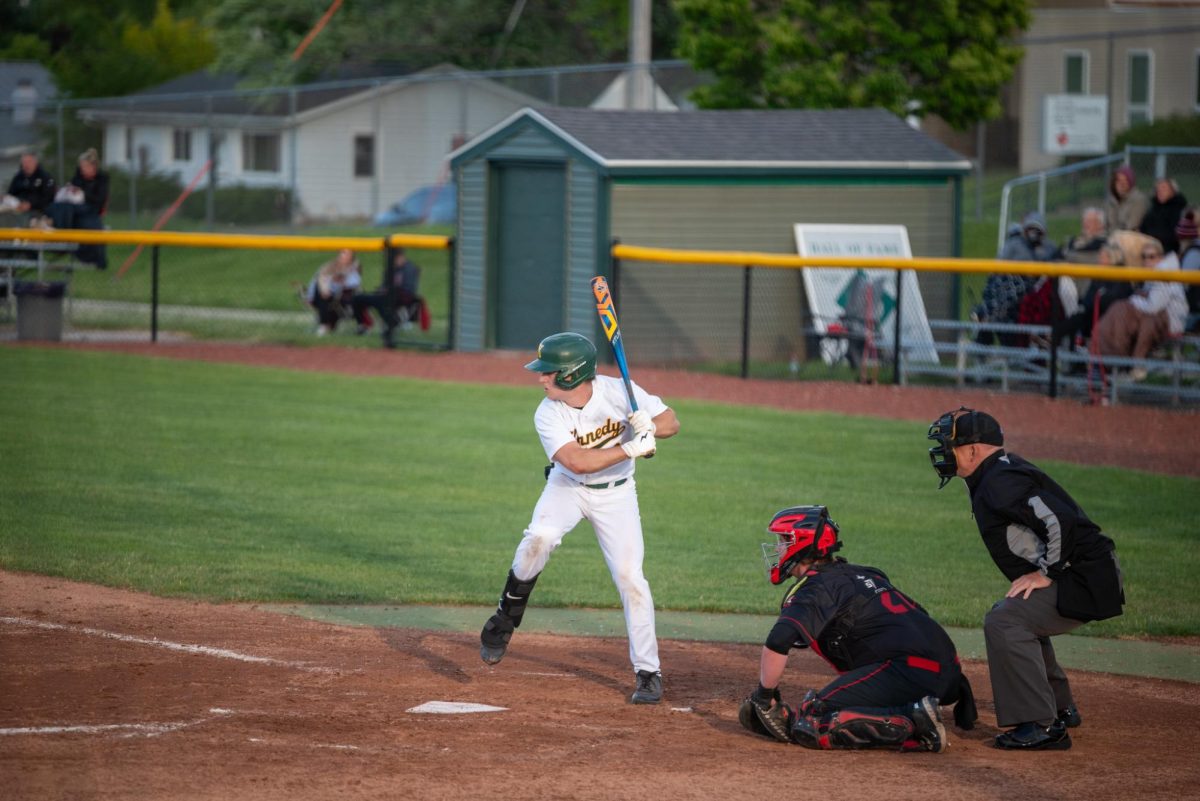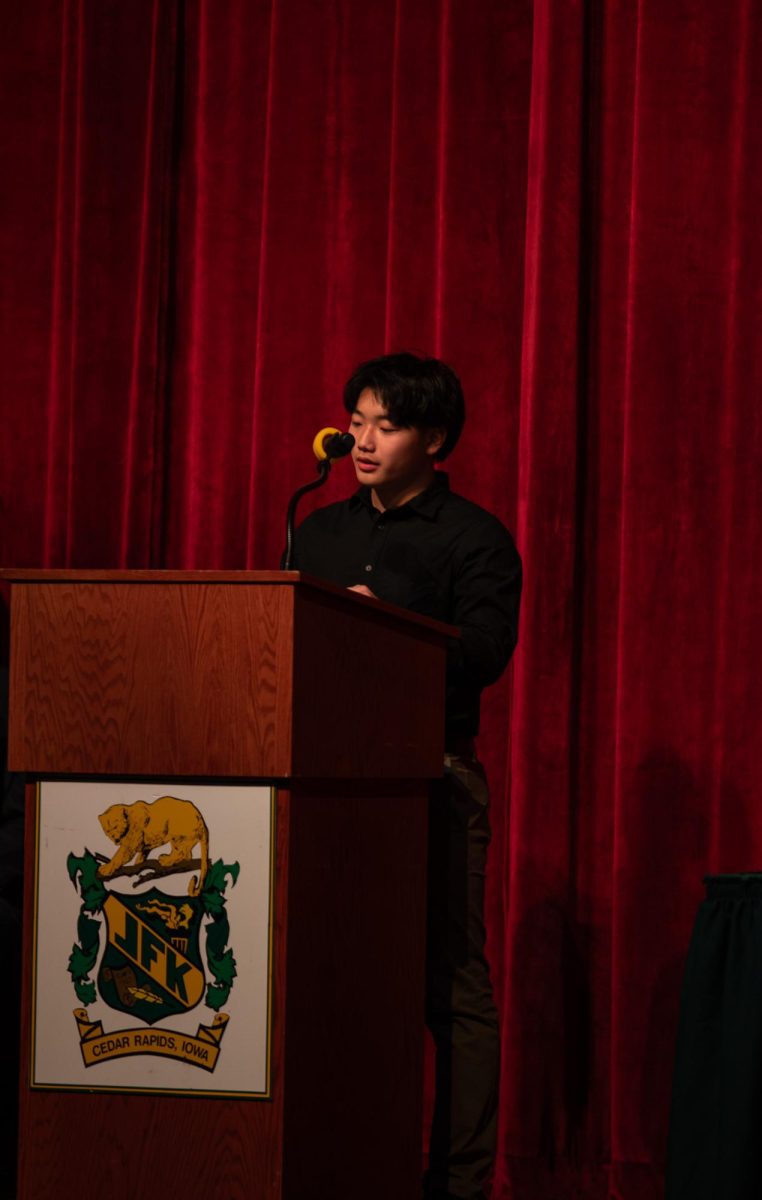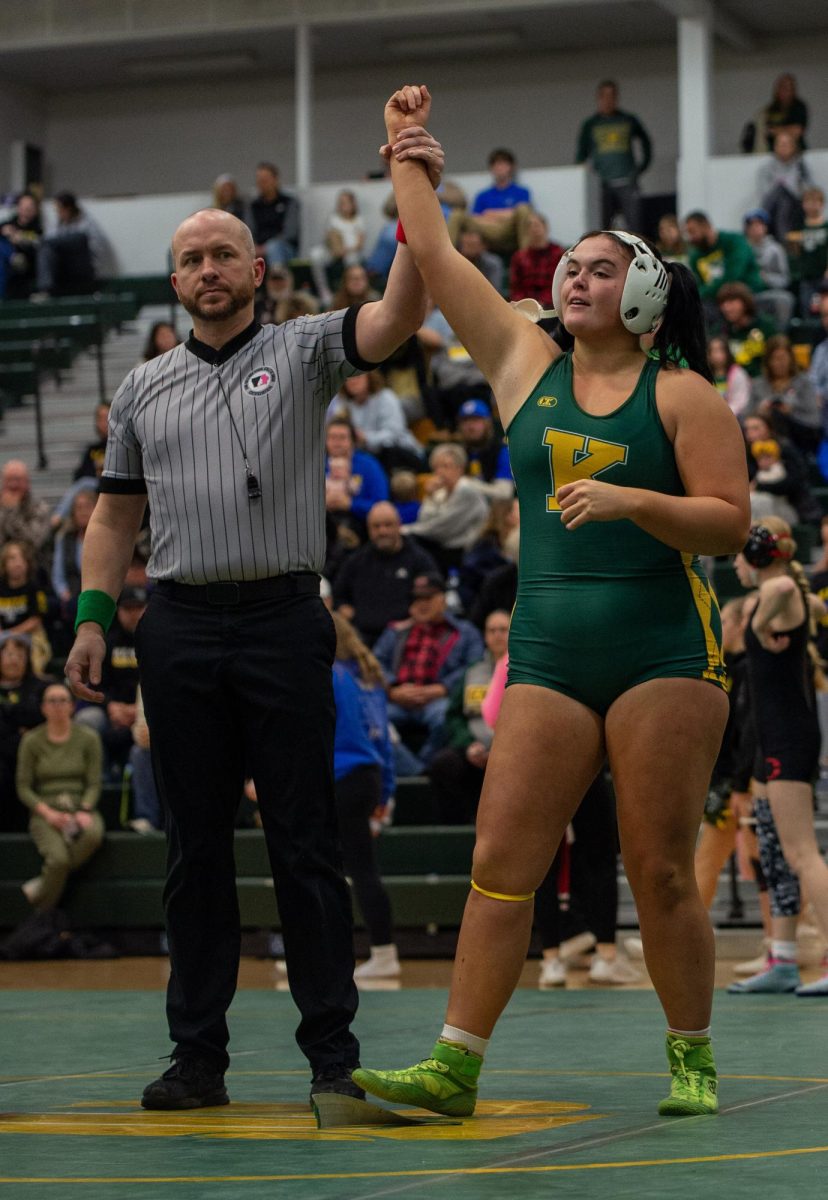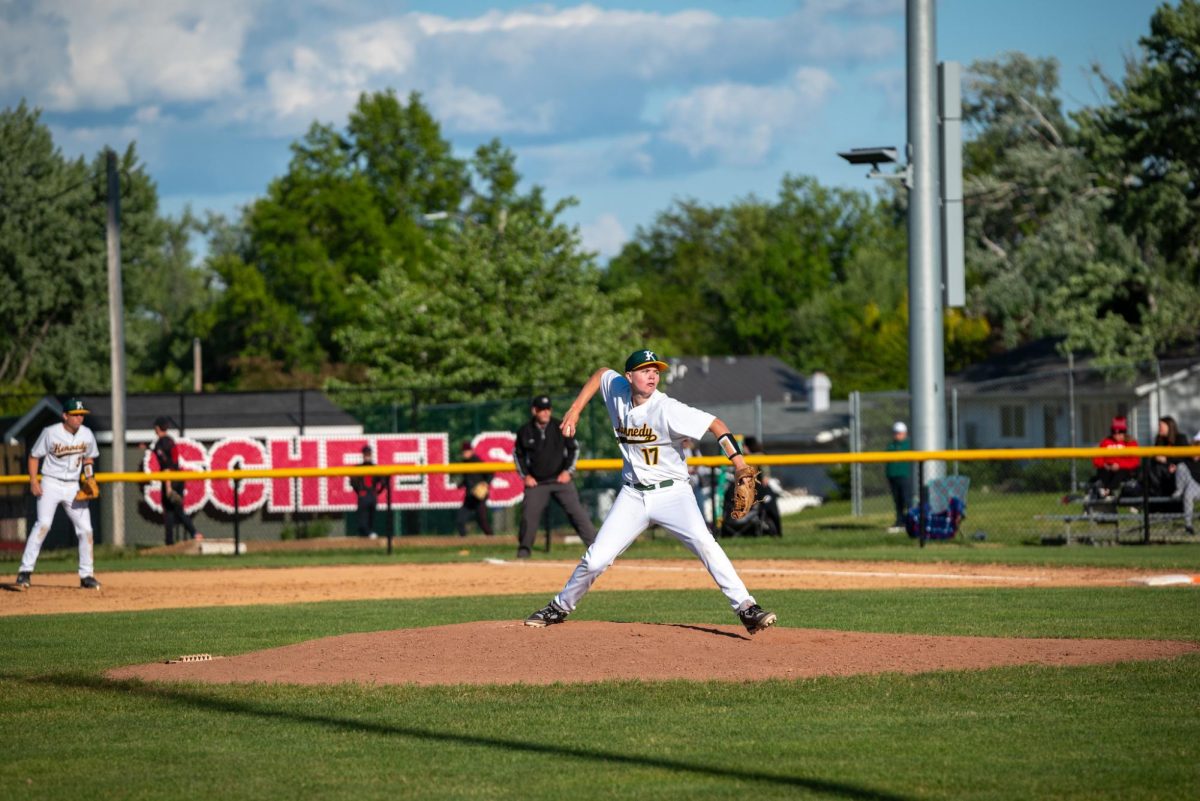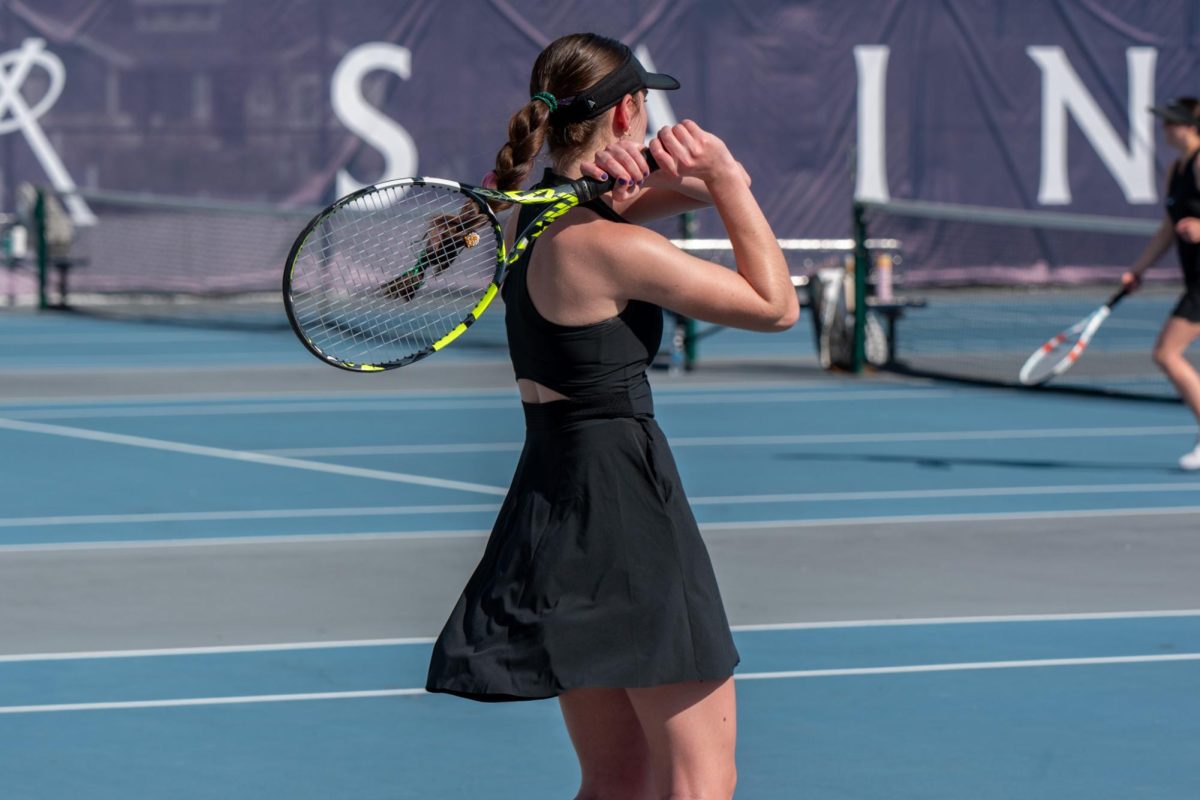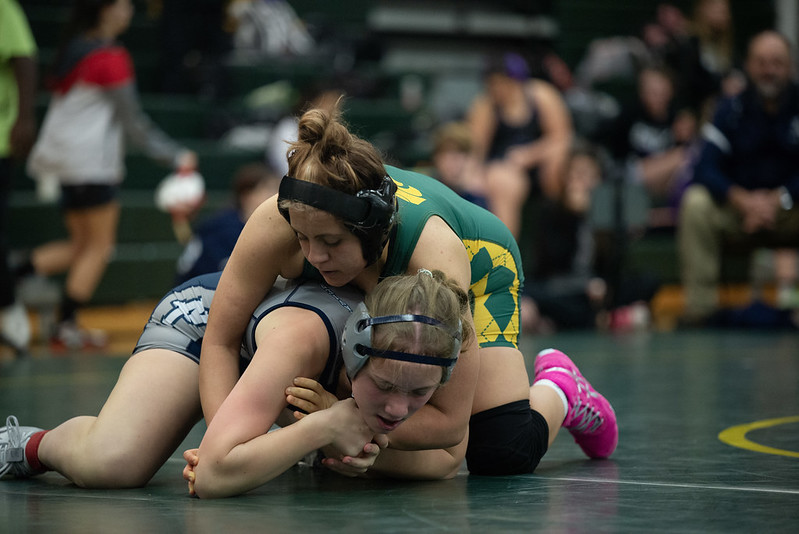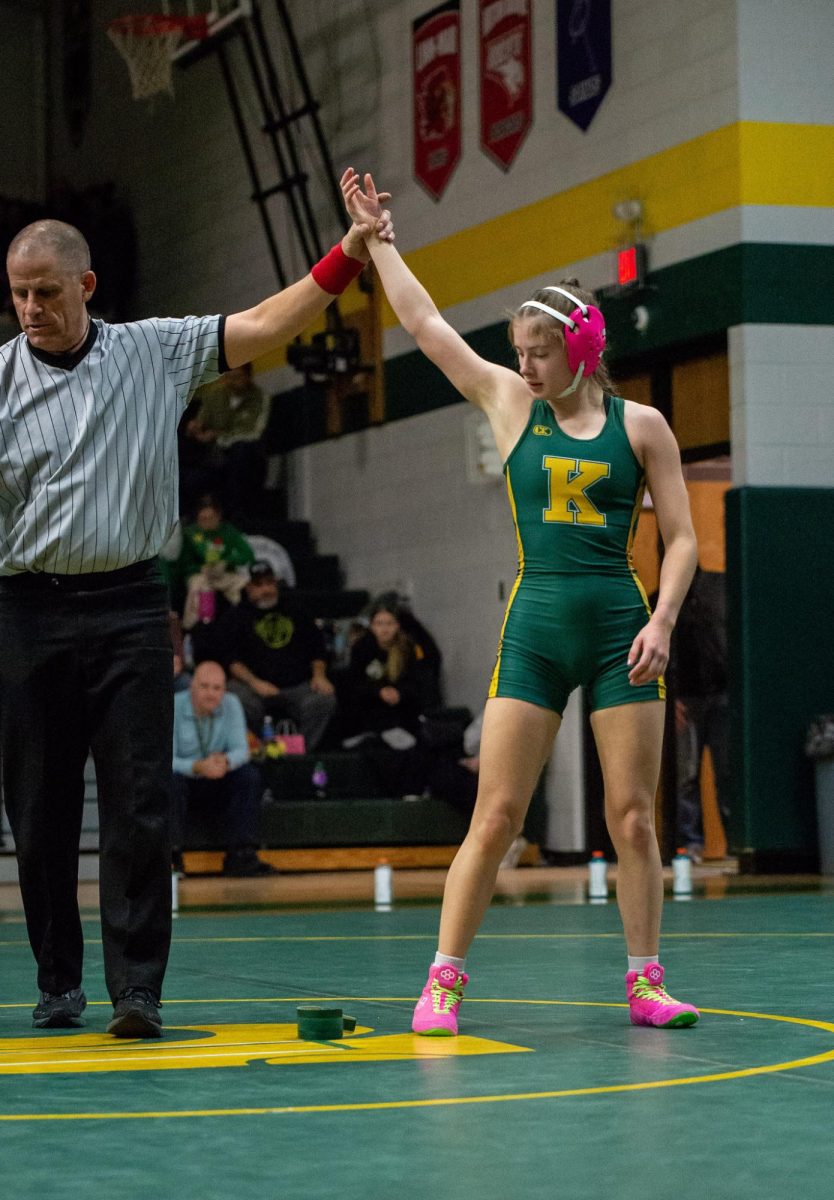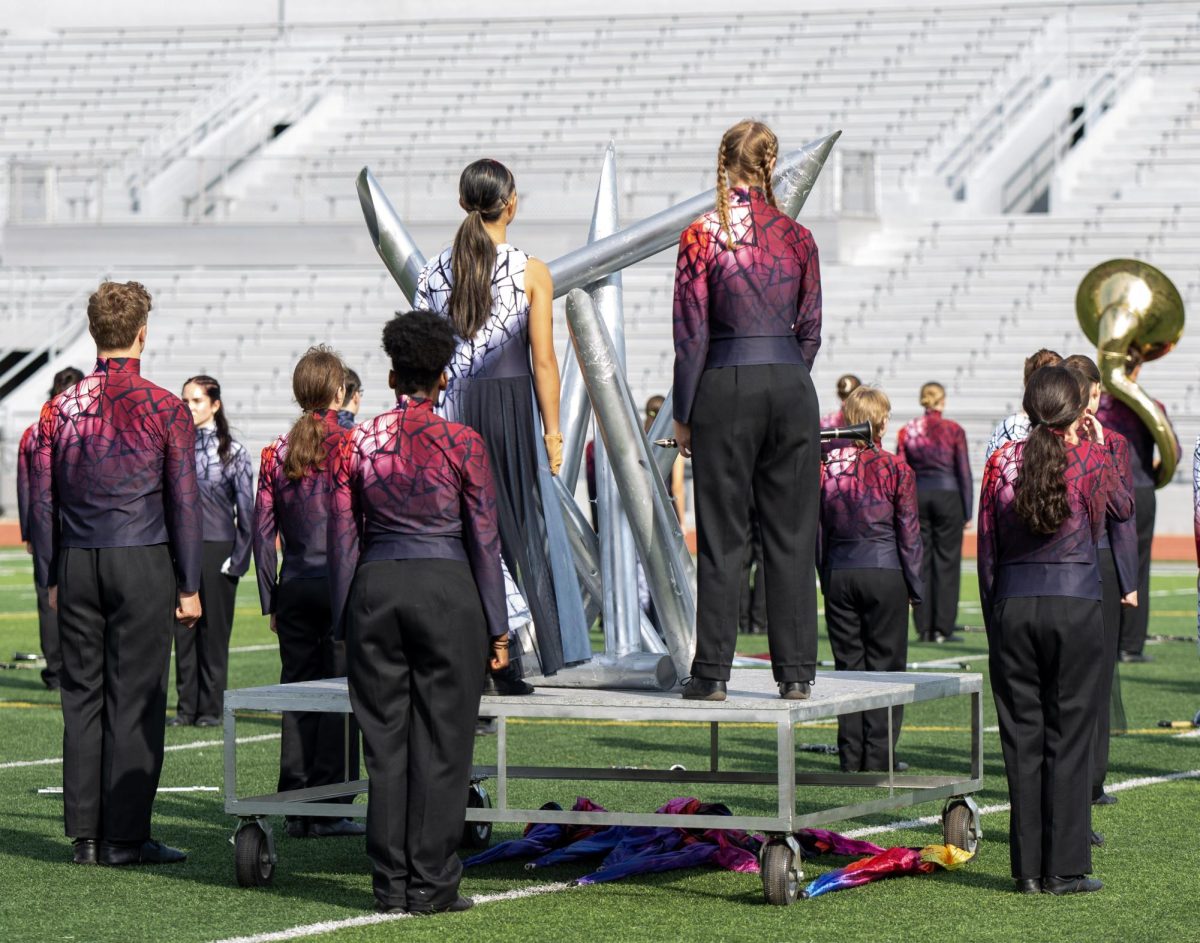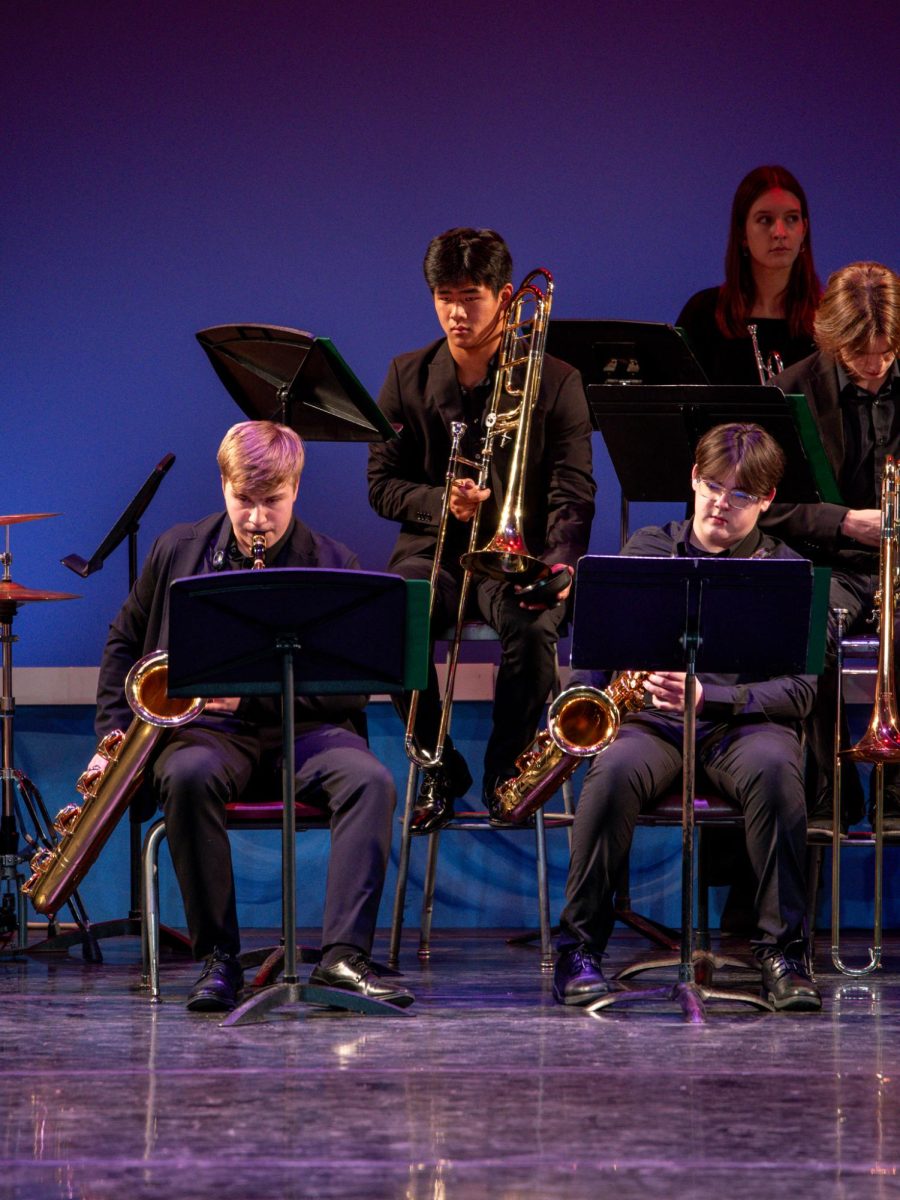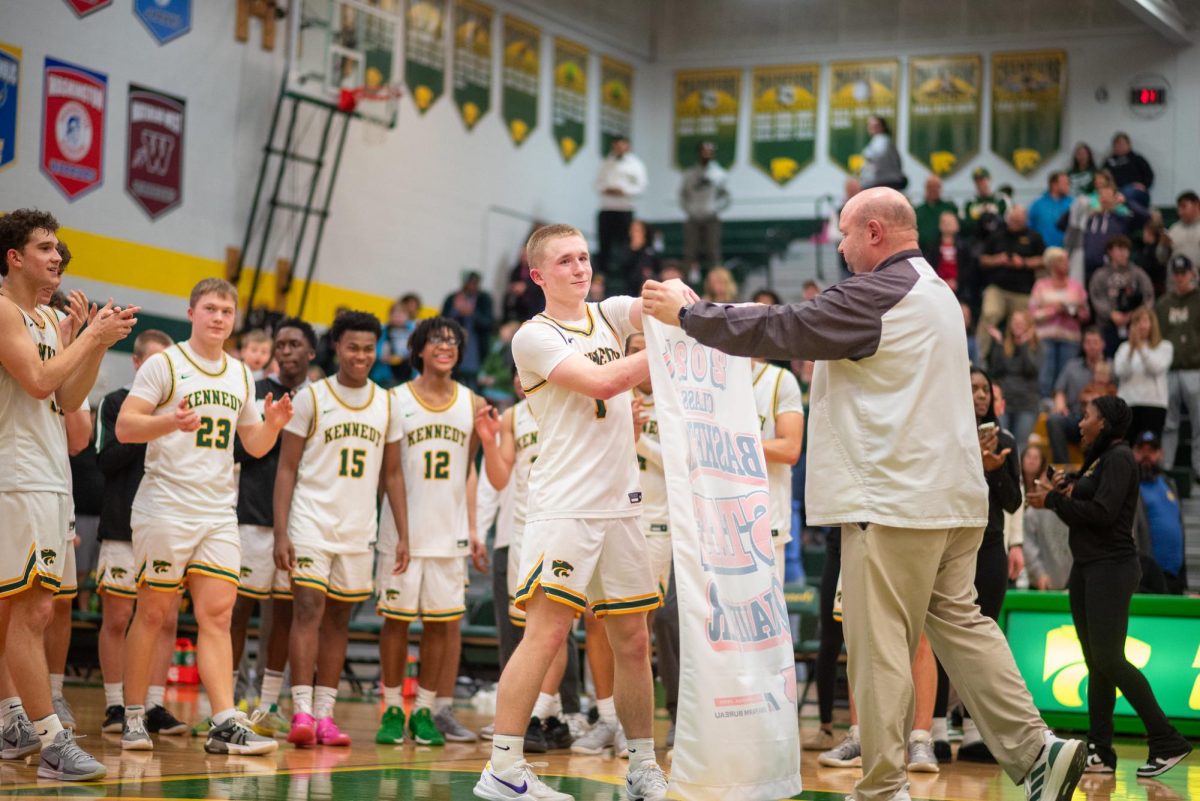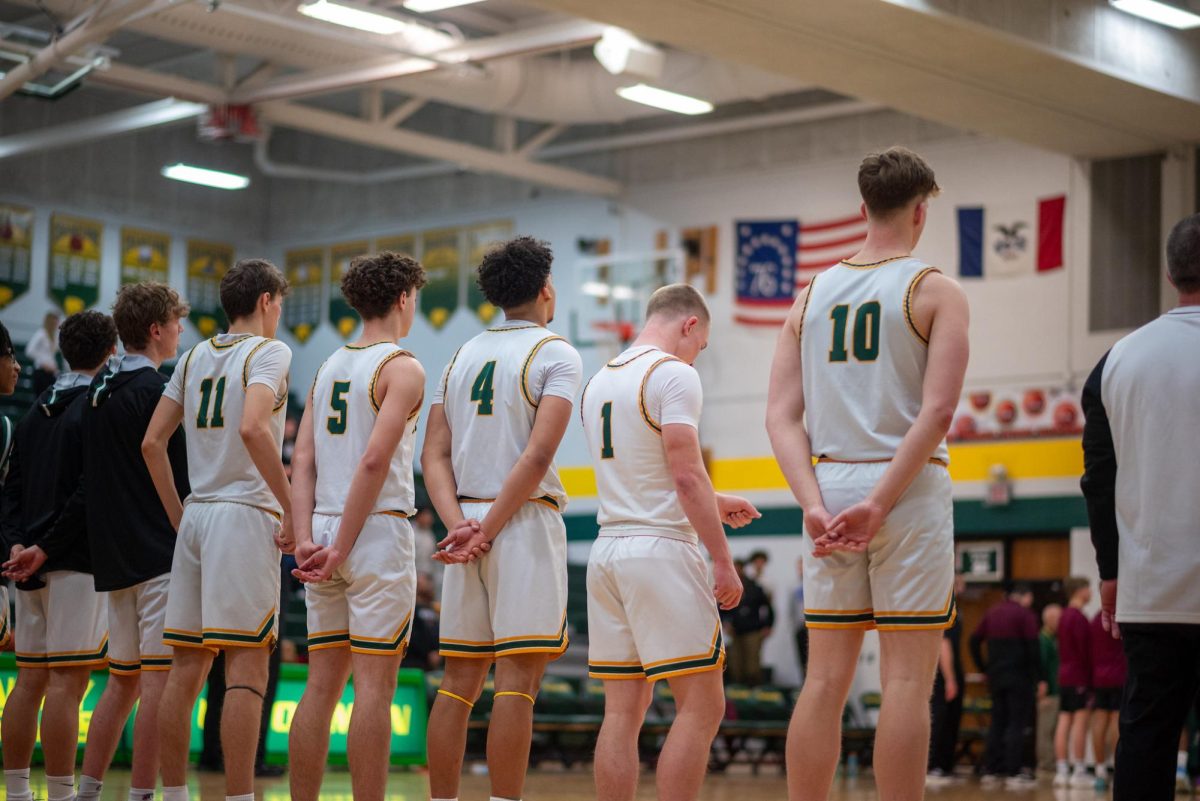CNN10 is a student-oriented news show, hosted by Carl Azus until Sept. 2022 when it was taken over by Coy Wire. The show is geared towards middle and high school students and gives a ten-minute overview of international news.
“We never had [CNN10] when I was here,” Kennedy Principal, Jason Kline said. “We used to have Channel One, but the satellite system it used broke seven or eight years ago and it was very expensive to replace. With the Internet, there didn’t seem to be a real need to continue with it.”
But there is a need for schools to continue showing news and for the CRCSD high schools to start playing it for students again—especially considering that some high schoolers are eligible to vote. School, particularly high school, is meant to prepare us for the real world. So why are we ignoring world news? If one class per day sacrificed just ten minutes of their time to show CNN, students would know more about the world they live in.
Teachers stopped playing CNN10 for middle school students in the Cedar Rapids Community School District in March 2022 and didn’t play it again until the following school year. When the tradition was put on hold, our school teachers told us that it was “too depressing” to watch and that news on vaccines was “too controversial.”
“I remember watching CNN10 right as they started talking about COVID. I remember them saying ‘We don’t know if this is going to be a big thing or not.’ It’s crazy to think about,” senior Rowan Hesford said.
In 2022, when middle schools took a break from CNN10 it was because no one wanted to keep hearing about the pandemic. However, when students stopped being shown the news during class, they didn’t continue watching it on their own time.
“The last time I thought about CNN10 was when [the Russian-Ukrainian invasion] happened,” sophomore Sophie Johanson said. “I didn’t even know it was still going on.”
Just because we stop being reached by news coverage of events does not mean they stopped happening. People must be worldly and informed about what is going on around them. In the age of social media, official news stations offer the least amount of biased information to viewers.
“Aside from social media, [CNN10] was the only time we truly watched the news,” sophomore Mirabelle Sackfield said.
A survey polling 1,005 teens, aged 13-17, found that 54% got their news from social media. Various platforms such as Instagram, YouTube, TikTok, Facebook and Twitter are constantly reaching teen demographics. The problem with this, however, is that target audiences receive fixed information. The vast majority of the time, it’s biased and rarely accurate. Anyone can post on social media and it shouldn’t be used as a primary news source.
“The last time I even thought about CNN10 or Carl Azus was a couple years ago when he was on Tiktok,” senior Alyx Goldensoph said.
A perfect example of false news on social media was in 2022 when rumors began to circulate regarding Azus. Platforms, especially TikTok, consumed user’s feeds with the alleged death of Azus. This reached millions of viewers within a matter of days.
It started when Azus published a farewell video saying, “Going forward I will no longer be part of the show where you and I met…Gosh, that’s hard to say.”
This statement was misconstrued and transformed into a story that Azus had died when in reality, he was just leaving the show. A lack of media literacy and fact-checking lead to an immediate and extreme story. The Azus rumor is a more light-hearted example but other fake stories gain enormous amounts of attention and traction every day.
In the district, middle schoolers still watch CNN10, but for high schoolers, it is only a memory of school years past. News culture for the students in the Cedar Rapids Community School District has died. High school students are left to their own devices and go instead to social media for their news.
Even when topics are hard, it’s important to hear about them and learn about them. Issues don’t get solved when we ignore them, CNN10 was the best way for students to stay engaged with the world around them.
The CRCSD tagline we hear every day: “Every Learner, Future Ready,” but how can we possibly be ready for the future when we don’t know about the world we will be a part of?

